Knitwear has been known to the world since time immemorial. It is widely used for the production of clothing and underwear. The popularity of this material is easy to explain - due to its texture, the material is breathable, does not wrinkle, is elastic and comfortable.
- A bit of history
- Features of production
- Composition and quality characteristics of the fabric
- Types of French knitwear made using the ribbing technique
- Tricotine
- Cashcorse - Haute Couture
- Ribana - knitwear for the whole family
- Classification by fiber structure
- Products made from high-quality fabric
- Pros and cons
- Reviews
A bit of history
The first true knitted garments were found in Egypt, dating back to 1000-1400 AD. While these fabrics are beautiful (including indigo-dyed work with intricate patterns), their intricacy means they are probably not the first knitted garments ever made.
In Europe, the first dated knitting project was discovered in Spain. Excavated from a tomb that was sealed in 1275, we can assume that the piece was created during the time when Spain was occupied by Arab peoples. Many of the socks and other garments were decorated with knitted inscriptions in Arabic, which was a unique find since Europe was largely illiterate at the time.

Once the technique was created and perfected, artisans and designers were eager to explore its potential. It would spread from its Middle Eastern, Spanish and other mysterious roots around the world. Works dating back to the late 1200s appeared in France and Germany. By the 1350s, knitting had become widespread enough to create its own genre of fine art—paintings of “knitting Madonnas” (i.e., knitting the Virgin Mary) have been found in Germany and northern Italy.
In the mid-1500s, the purl stitch was introduced, the first known example being found on a pair of stockings found in Toledo, Spain. This, of course, allowed for neater finishes and more complex patterns and fabrics. Knitting also began to expand into more complex garments, such as jackets with patterns in gilded (metallic) thread and knitted vests.
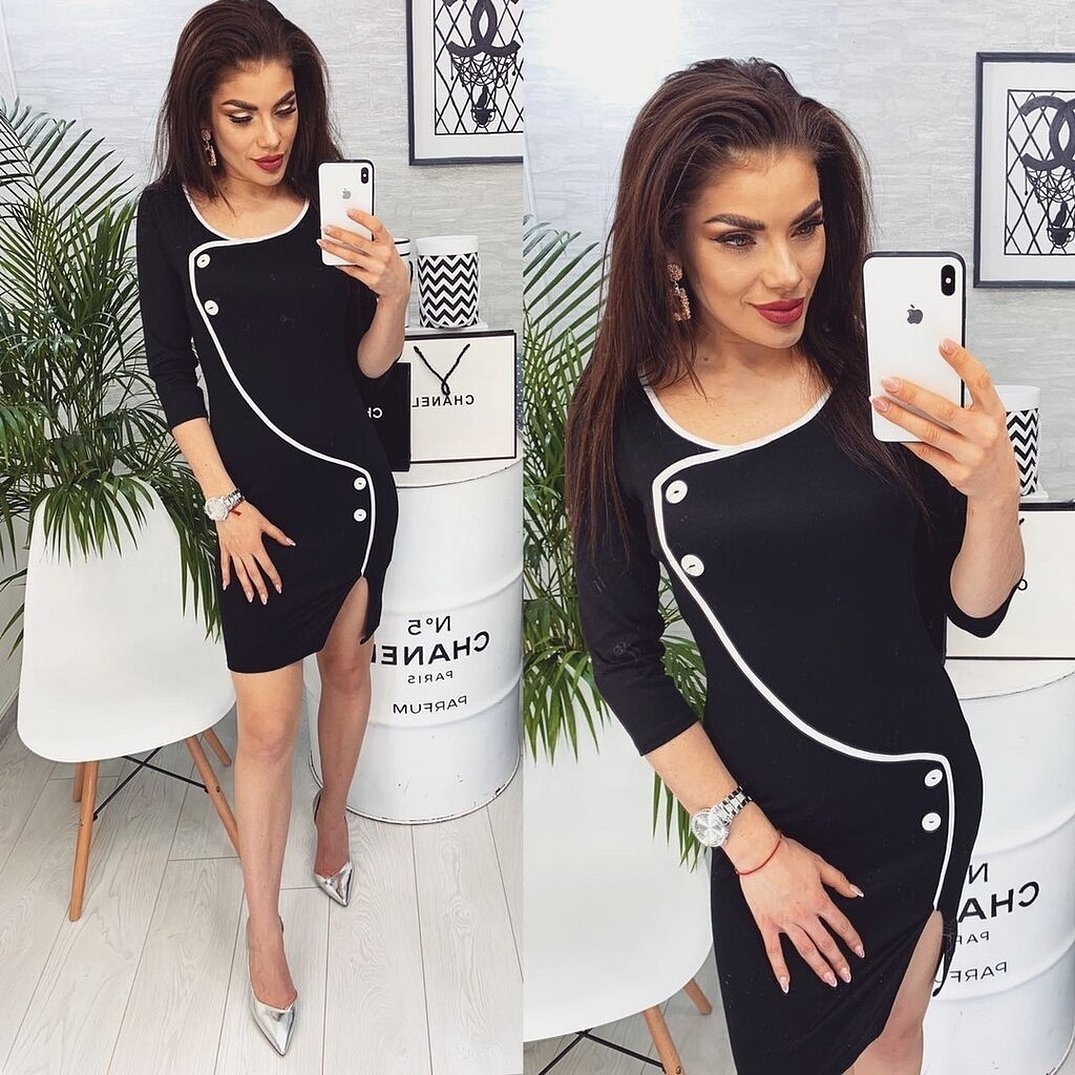
As knitting techniques have spread, the craft has acquired many regional and cultural characteristics, some of which you may be familiar with. For example, the British Isles are known for their heavy, textured “fisherman’s sweaters,” as well as the island’s vibrant coloring. Austria and Germany’s signature knit styles are once cable-knit and knotted fabrics. South America also has distinct coloring styles, particularly in Peru and Bolivia.
Many crafts became mechanized during the Industrial Revolution of the 18th century, and knitting was no exception. The first knitting machine was invented centuries earlier, in 1585, by the Reverend William Lee. Its implementation stalled due to Queen Elizabeth’s fear that it would destroy people’s livelihoods (which was a correct assumption). Lee sold the machine in France, where it would eventually lead to the industrialization of knitting.
While it would become standard for mass production, hand knitting would and continues to have its place. During the first half of the 20th century, women knitted for soldiers overseas, and it was seen as a leisurely pastime for many people.

In the late 1920s, knitwear took its place in the world of fashion design, thanks in large part to Elsa Schiaparelli.
Coco Chanel's use of knitwear in her costumes was a landmark event for the material. This moment was a liberation for women. French fabrics became a popular choice and products made from them.
The 1940s saw the iconic wearing of body-shattering sweaters by sex symbols like Lana Turner and Jane Russell, while the 1950s saw the rise of conservative popcorn knits. The 1960s, famously the heyday of Missoni's zig-zag knits, saw the rise of both Sonia Rykiel, dubbed the "Queen of Knitwear" for her brightly striped sweaters and clingy dresses, and of Kennedy-style preppy sweaters made with French fabrics.
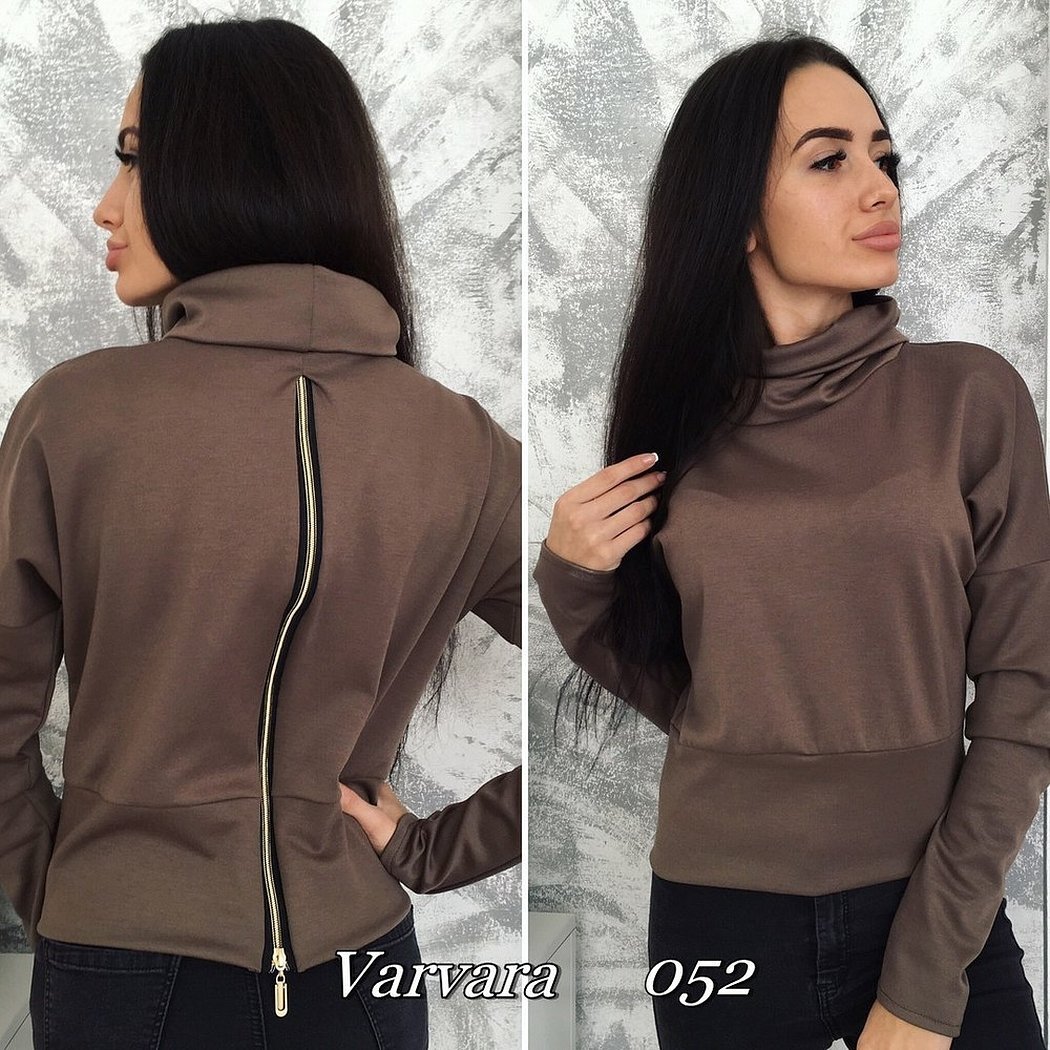
In the 1980s, knitwear emerged from the realm of sportswear to dominate high fashion; notable designs included Romeo Gigli's "sophisticatedly bohemian cocoon coats" and Ralph Lauren's floor-length cashmere turtlenecks.
Features of production
Knitted fabrics are divided into two types of basic fabrics such as jersey knitted fabrics and weft knitted fabrics such as hand knitted sweater, often used in underwear.
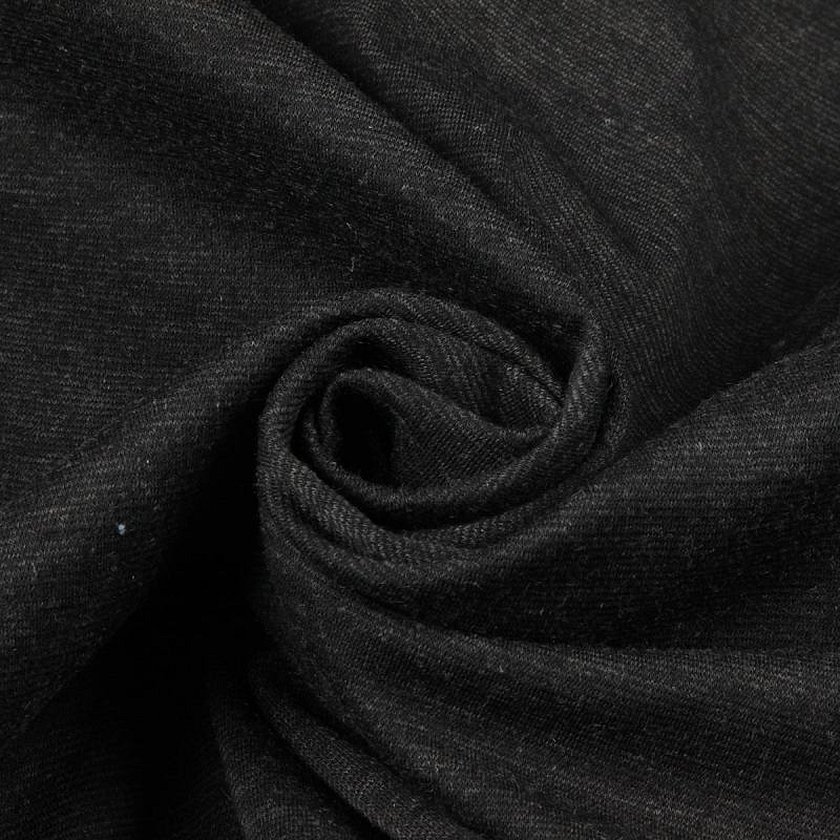
Composition and quality characteristics of the fabric
Knitted fabrics are much more elastic, which is why they were used to make underwear and stockings. So what kind of fabric is French knitwear - underwear or clothing? It can stretch and is durable, does not deform.
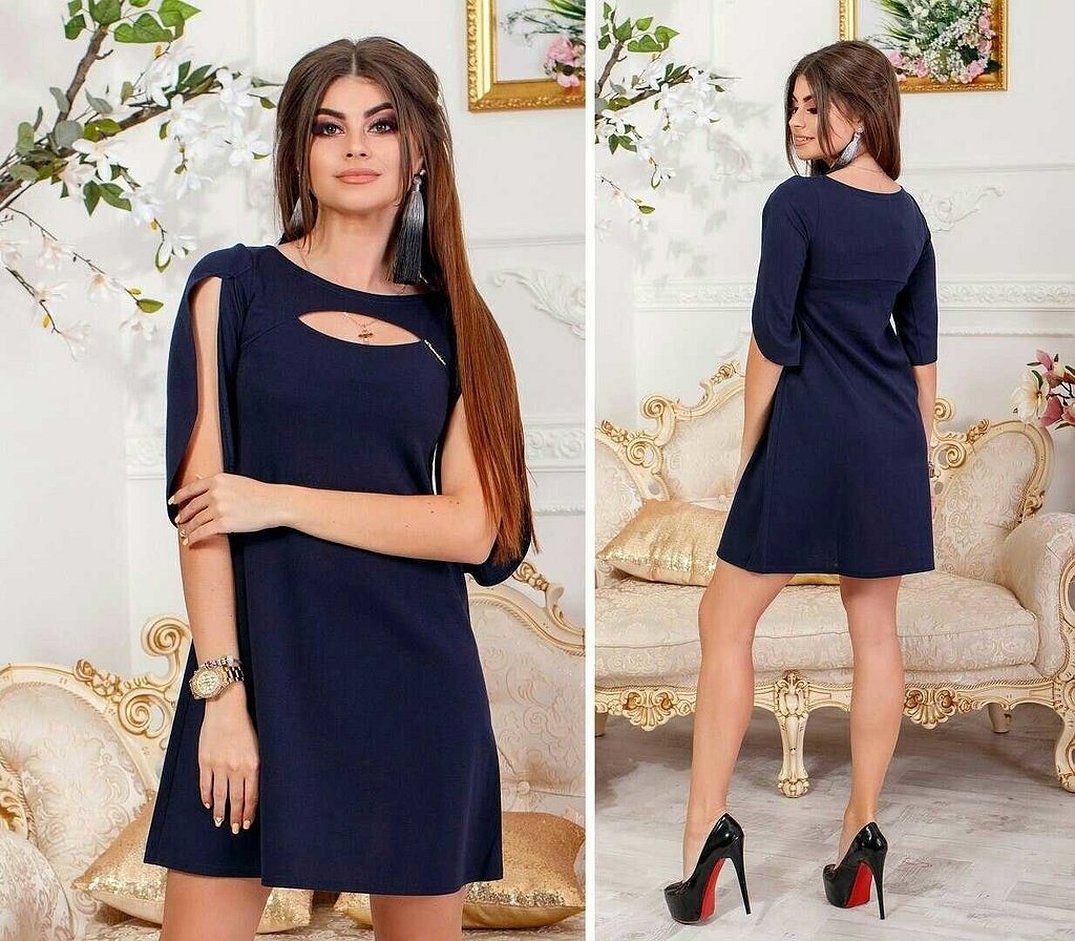
The production of knitwear allowed the creation of models that had to have the property of stretching. So dresses and underwear made of knitted fabrics fit the figure more tightly than other fabrics. The stretch coefficient expressed as a percentage is from 0 to 500%.
Knitwear production usually produces the softest fabric, it has more pores, due to which it can take the necessary shape.
Knitted fabrics, which are made from wool, are very popular because they help keep you warm in humid conditions.
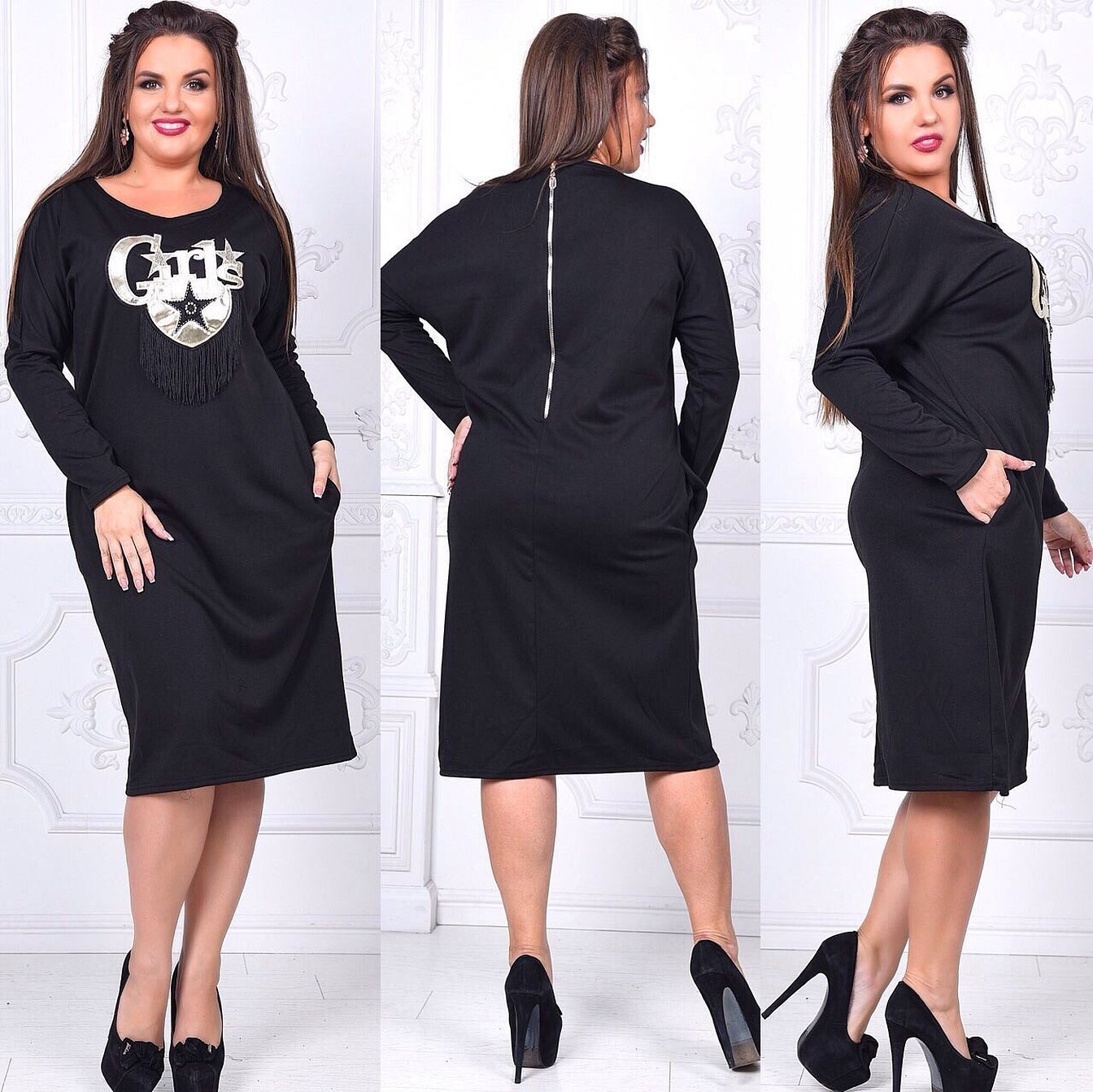
In knitwear, wool is preferred because of its elasticity. In general, elasticity and warmth are opposite qualities in knitwear, since the most elastic knitwear, such as lace, has the largest holes and is therefore less insulating.
Important! Than most fibers and produces a smoother, more beautiful knitwear.
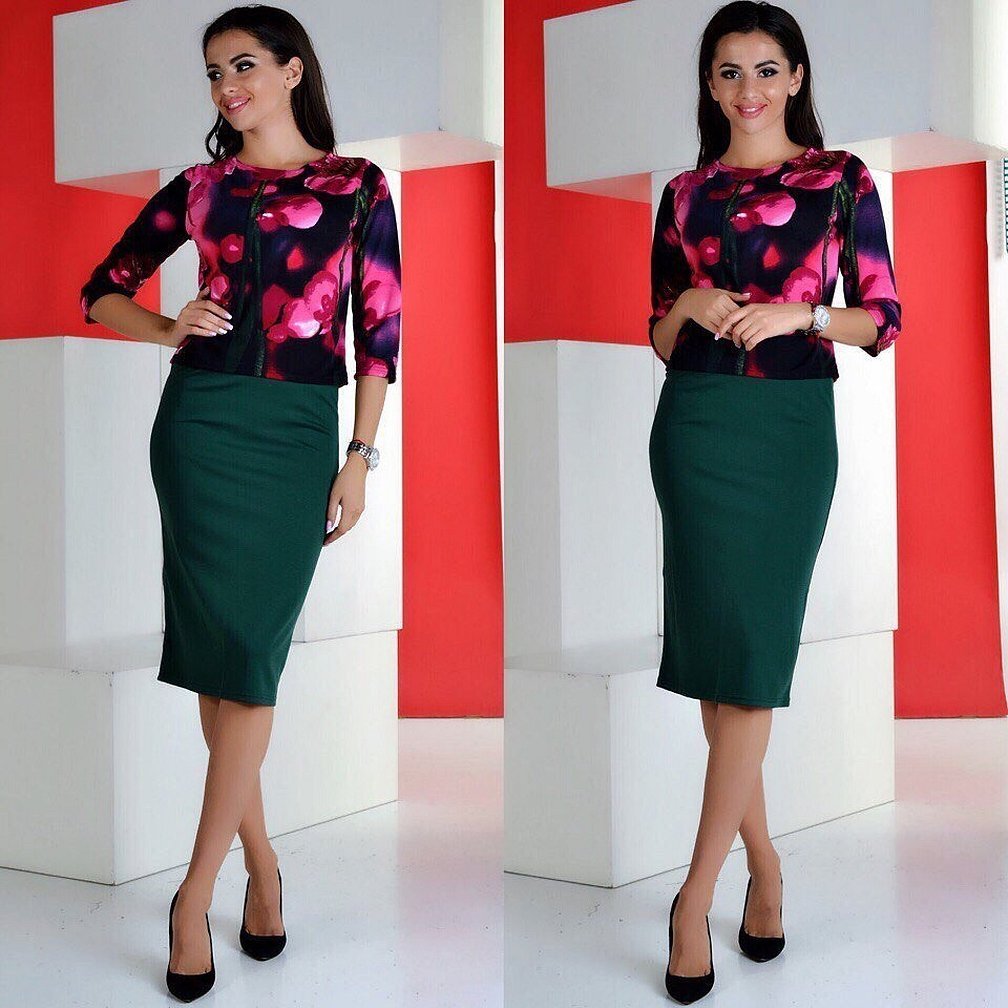
Types of French knitwear made using the ribbing technique
Knitwear has won the love of all mankind since ancient times. It has been used in a variety of areas, especially in the textile industry, creating unrivaled products.
Today, fabric has many varieties, which allows you to get the perfect and flawless material.
Tricotine
Tricotine what is it? Tricotine fabric is a twill weave fabric. It is very hard wearing and can be characterized by having a flat, diagonal double rib. Tricotine is very similar to cavalry twill fabric as they are both woven from worsted yarn, but tricotine is much finer.
Tricotine fabric is the same composition as cotton, used with a worsted weft, although various synthetic fibers can be used. Tricotine is used mainly in suits, dresses, coats, jackets and trousers. It is a luxurious, soft fabric with a handle and elegant drape.
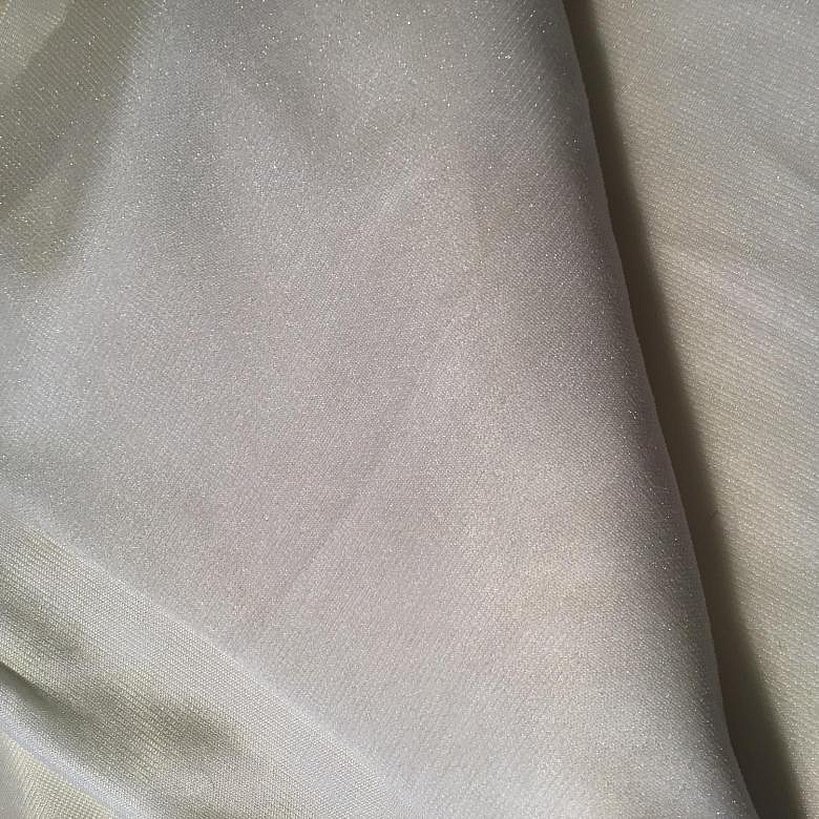
You can also find the composition tricotine and polyester.
Tricotine what is it the composition is completely identical to knitted fabric. Consists of complex interwoven fibers.
Cashcorse - Haute Couture
Kashkorse is a very versatile fabric that is used to sew various underwear, from underwear to outerwear. It is hypoallergenic, environmentally friendly and pleasant to the body.
It is used to sew jackets, trim cuffs, sweaters, etc.
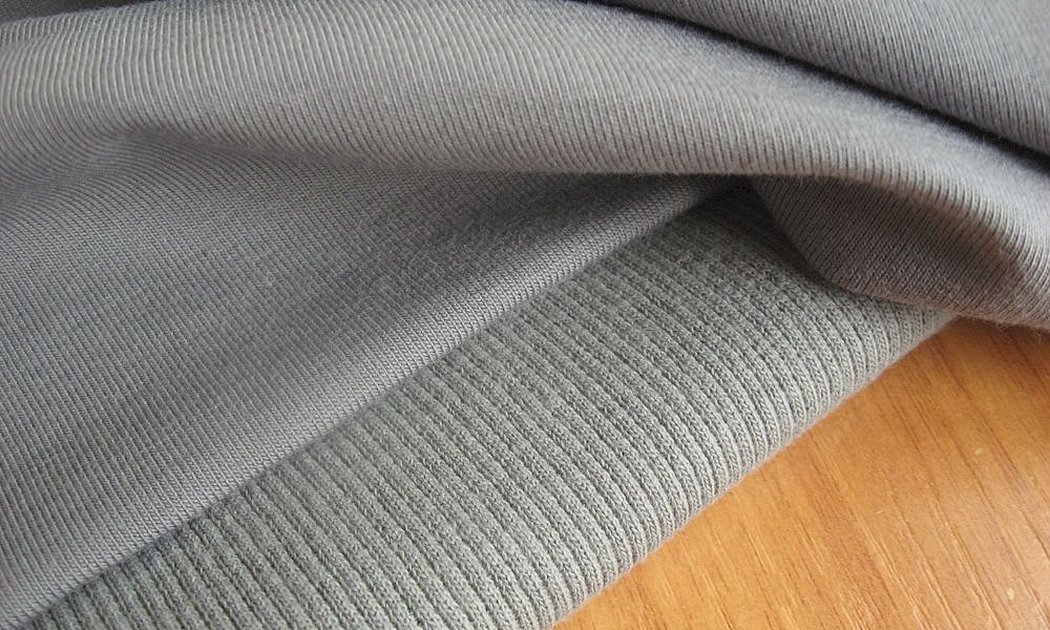
There is a variety of fabric:
- Ribbed knit "Acrylic";
- Ribbed knit with 10% cotton;
- Cashcorse with fleece;
- Polyester Cashcorse.
Depending on its composition, it is used either in clothing or for upholstery.
Ribana - knitwear for the whole family
A well-known and popular material in everyday life is ribana. This material has two sides suitable for use. It is distinguished by its elasticity. Most often it consists of a small strip on the sides, since lycra is used in its weaving. Due to this, all products can stretch.
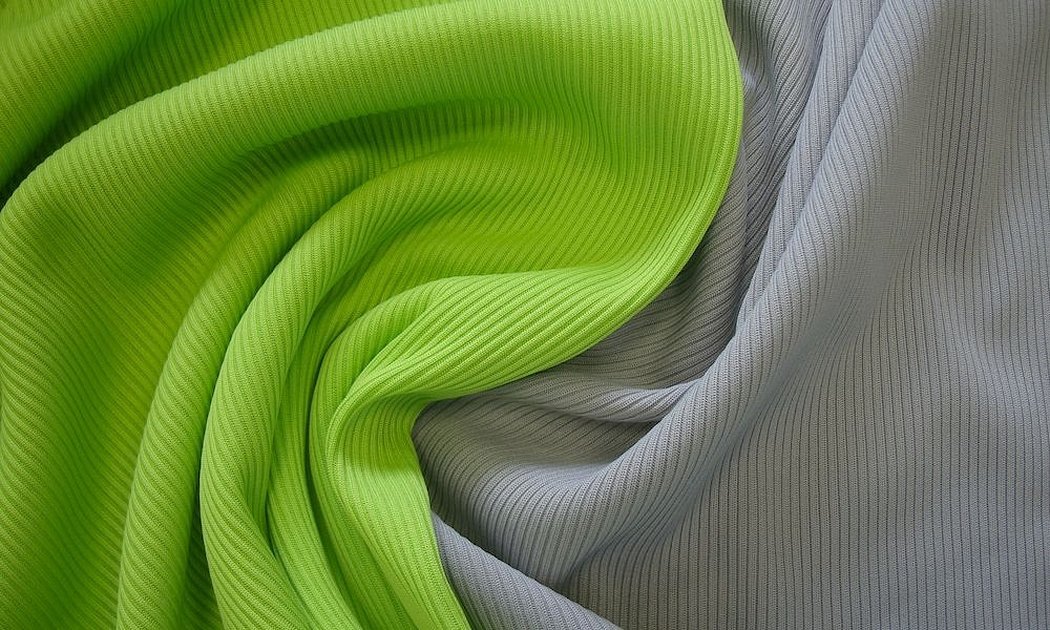
Ribana keeps its shape perfectly and does not wrinkle.
Classification by fiber structure
According to their structure, fibers are divided into:
- Elementary, complex (technical) profiled suites;
- Lengthwise - long and stackable.
Elementary is a single fiber that is not divided into parts in the transverse direction (cotton, wool, cotton velour fabric). These fibers, from several tens to several thousand meters long, form elementary threads.
Complex technical fiber consists of connected elementary fibers (for example, bast fibers glued with pectin), which under certain conditions are capable of splitting into small fibers, almost to elementary cells.
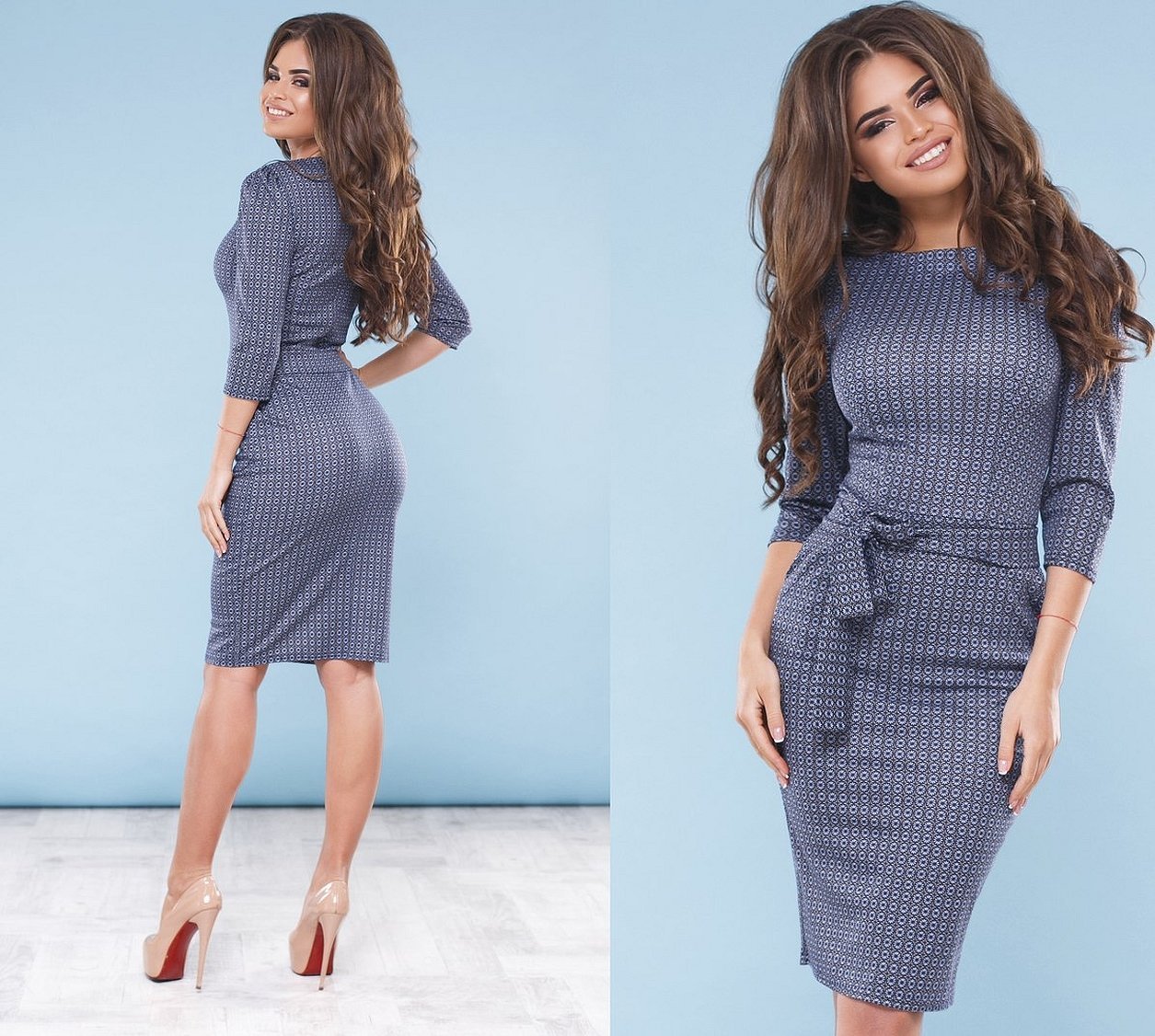
Profiled fibers are chemical fibers that have specified shaped sections formed by specially shaped holes.
The generally accepted classification criteria for fibers are their origin and chemical composition, in connection with which textile fibers are divided into natural and chemical.
Products made from high-quality fabric
High-quality fabric is used to sew tunics and trousers, dresses and hats, knee-highs, gaiters, underwear, winter clothing, etc.
Pros and cons
The fabric is pleasant to the touch, soft, has pleasant colors (modern industry has reached the peak of perfection in dyeing natural fibers without harming the environment).
However, knitwear also has its disadvantages, which include the simplicity of the products, as well as the tightness of the figure, which is not entirely suitable for obese people.
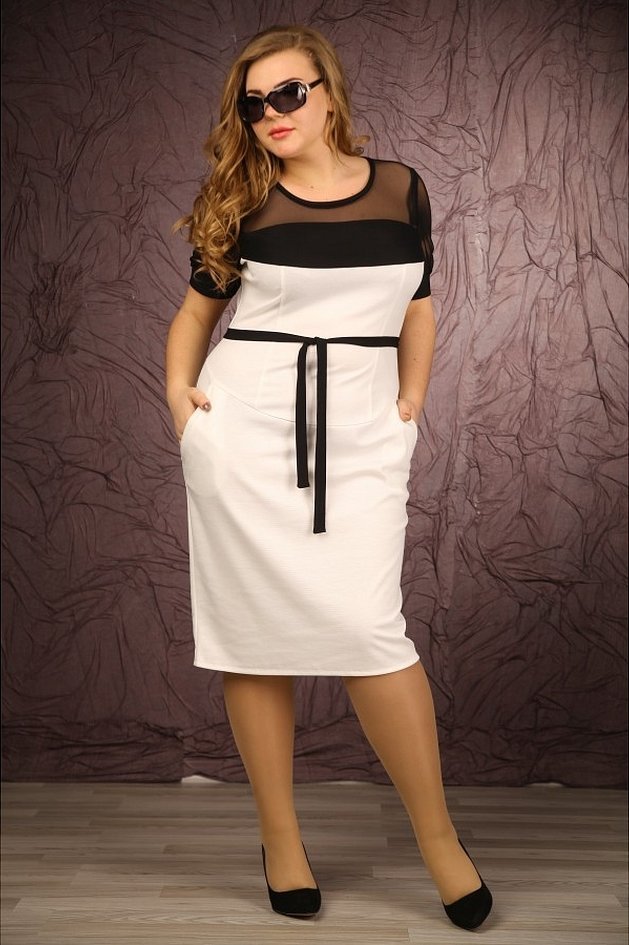
Reviews
Anna, 33: "When I need to replenish my family's wardrobe, I choose knitwear. I know for sure that the fabric will not cause allergies in anyone."
Galina, 27: "I recently became a mother, and of all the materials, I chose ribbed fabric. The baby will be happy in it in the summer."
Knitwear, which has come to us from time immemorial, is still at the peak of popularity. Knitted fabrics are usually warmer and more comfortable than other fabrics, they are liked to be worn closer to the body, as they are soft and comfortable.




